VietnamNha Nam Publishing and Communications JSC
In 2005, the year of its founding, the Hanoi-based Nha Nam Publishing and Communications released Dang thuy tram (Thuy’s Diary), the writings of a 27-year-old woman who had died in the Vietnam War. The work sold more than 500,000 copies, breaking records for Vietnamese publishing and becoming a social phenomenon in the process. Since then the company has focused on translation and publication of foreign literary works, including Japanese literature. Notably, it has translated and published almost all the major works of Murakami Haruki and Yoshimoto Banana. In recent years, around 25 percent of its publications have been works written originally in Vietnamese. In addition to literary works, the company also publishes in the fields of manga, politics, and economics.
Projects supported by Japan Foundation grants
- 2012
- Translation and publication of 1Q84 by Murakami Haruki
- 2013
- Translation and publication of Vĩnh biệt, các gangster (Sayōnara, gyangu-tachi; Sayonara, Gangsters) by Takahashi Gen’ichiro
- 2014
- Translation and publication of Hô (Mizuumi; The Lake) by Yoshimoto Banana
- 2016
- Translation and publication of Lời nguyện cầu chín năm trước (Kyūnenmae no inori; A Prayer Nine Years Ago) by Ono Masatsugu
- 2017
- Translation and publication of Nắp biển (Umi no futa; There is No Lid on the Sea) by Yoshimoto Banana
- 2018
- Translation and publication of Tia lửa (Hibana; Spark) by Matayoshi Naoki
- 2019
- Translation and publication of Những người đẹp say ngủ (Nemureru bijo; House of the Sleeping Beauties) by Kawabata Yasunari
- 2020
- Translation and publication of Tiếng triều dâng (Shiosai; The Sound of Waves) by Mishima Yukio
- 2021
- Translation and publication of Kim các tự (Kinkakuji; The Temple of the Golden Pavilion) by Mishima Yukio
We intend to keep sharing diverse, new Japanese literature with young readers in Vietnam.
Nguyen Xuan Minh
Rights Manager

You have been very active in the translation and publication of Japanese literature. Tell us about your efforts in translation and publishing from your company’s founding to the present.
One of our goals at Nha Nam is introducing world literature to Vietnamese readers. Japanese literature has an important place in world literature—think, for example, of The Tale of Genji—so we have been translating and publishing it since the company was first established. Although some classical Japanese literary works had been translated and published in Vietnam in the distant past, very few were brought into Vietnam, especially North Vietnam, between the division of Vietnam into North and South in 1954 and the reunification of the country after 1975. Subsequently, even after the introduction of the market economy system in 1986, when Japanese literature began to be translated and studied, the principal focus was on the works of Kawabata Yasunari, Mishima Yukio, and others.
We published Norwegian Wood (Murakami Haruki) in 2006, hoping to introduce new Japanese authors to young Vietnamese readers. It helped many Vietnamese become more familiar with Japanese literature. I was born in 1985 and I only knew about Japan through manga, but the reason I got the opportunity to work for Nha Nam was due to my encounter with Norwegian Wood and learning about the company this way. I hope more young Vietnamese learn about Japanese culture, the nation, and its people through literature. Aside from Japan, I’ve worked on many books from the UK, the US, South Korea, and China, and I also work with books from Germany, Hungary, and South America. Based on my 15 years in publishing so far, I see a new generation of readers who are very interested in Japanese literature.
What is your process for selecting, translating, and publishing Japanese works? Also, what are some of the challenges you face in translating and publishing?
We gather information about books through various channels: book reviews, book fairs, referrals from agents or translators, online videos, social networking sites, award-winning books, and reviews in other countries. We are constantly checking English, French, Japanese and Chinese reviews on the Amazon website. When we find a book that is highly acclaimed, we order the book to consider it for publication. We select books based on the following four criteria: (1) content (we read part or all of the book and consider whether the content is appropriate for Vietnam); (2) translatability of the book (whether the length is appropriate, whether translation is viable); (3) whether inquiries can be made about copyright,
etc.; and (4) the information available about the author and his or her work (awards received, number of works translated in foreign countries, and so on). Once we have decided to publish it, we contact a rights agency to complete the copyright acquisition procedures.
We have two in-house editors who can speak, read and translate Japanese, but we also have relationships with 20 to 30 translators outside the company. We request sample translations from the most suitable people for each book, review them, and then sign a contract. In Vietnam, it is easy enough to find translators for English, French, or Chinese, but translators who can translate from Japanese are few in number and many have other jobs, so securing their services is a constant challenge.
For other languages, we sometimes learn about books through introductions from translators, but in the case of Japanese, the translators tend to be very busy and we don’t often receive suggestions from them.
What sort of readership does Japanese literature have in Vietnam? Are there any authors or works that are particularly popular?
The main audience for Japanese literature is younger people. Fifteen years ago it was mainly university students and professors who were studying literature, but now it is more widespread and the target audience is comparatively young, ranging from 16 to 45 years old. Particularly popular authors in Vietnamese translation include Murakami Haruki and Yoshimoto Banana, as well as Higashino Keigo, Yamada Amy, Ogawa Yoko, Ichikawa Takuji, Ekuni Kaori, and others. Some works, such as the Vietnamese edition of Sayōnara, gyangu-tachi (Sayonara, Gangsters), by Takahashi Gen’ichiro, for example, don’t have a large readership because they’re very new expressions, but books such as these have also been highly acclaimed by Vietnamese critics and in literary circles.
As for our future publication plans, we are currently preparing Lá thư cuối (Rasuto retā; Last Letter) by Iwai Shunji, Cuộc diễu hành thầm lặng (Chinmoku no parēdo; Silent Parade), by Higashino Keigo, and Cô nàng váy tím (Murasaki no sukāto no onna; The Woman in the Purple Skirt), by Imamura Natsuko. Since Japanese manga and anime are also very popular, we hope to introduce new Japanese literature to that readership as well.
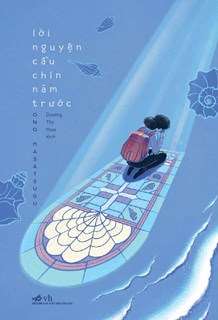
Lời nguyện cầu chín năm trước
(A Prayer Nine Years Ago)
by Ono Masatsugu
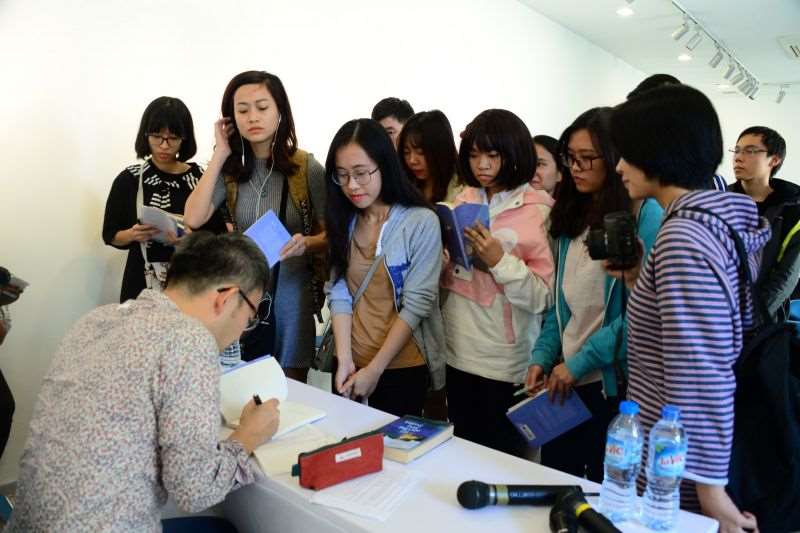
Author event with Ono Masatsugu after publication of Lời nguyện cầu
Chín năm trước (Nha Nam Library, November 2, 2017)
I understand you are active in holding publicity events for books and other opportunities to interact directly with readers.
After we published the Vietnamese translation of Kyūnenmae no inori (A Prayer Nine Years Ago) by Ono Masatsugu in 2017, we invited the author to our library in Hanoi for talk event. It was well attended by young readers who eagerly listened to the author and asked questions.
Other initiatives have included a fan-fic writing contest, book reviews on Japanese literary works, and the publication of those reviews in a booklet [“Tôi yêu văn học nhật nản” (I love Japanese literature)] that we released during Japanese Culture Week in 2014, an event held in conjunction with the Japan Foundation Center for Cultural Exchange in Hanoi. We also held a cover design contest for Giết chỉ huy đội kỵ sĩ (Kishidanchō goroshi; Killing Commendatore), by Murakami Haruki in 2021.
Have you published many works by Vietnamese authors?
Nha Nam publishes about 250 to 300 books each year, although it varies from year to year. When the company was first established, 10 percent of our books were written in Vietnamese and 90 percent were translations from other languages, but the proportion of Vietnamese-language works has gradually increased. Currently, around 25 percent of our books are originally written in Vietnamese and 75 percent are translations from other languages. We are working to increase the proportion of Vietnamese-language books to 40–50 percent in the next five years or so. To help develop publishing in Vietnam in the near future, we hope to increase the proportion of books published by Vietnamese authors.
What do you think is needed to introduce more Japanese works in the future?
We’d like to see the Japan Foundation provide not only information on Japanese publications, but also support for translator training, exchanges with Japanese publishers and editors, programs for translators to stay in Japan to translate works, and the participation of Japanese authors in book fairs and other events after publication. The logo representing the Japan Foundation’s support program is a standard that assures readers of quality content when they choose a book, and it pleases booksellers, too, so this kind of support continues to be necessary.
We will continue creating opportunities to bring Japanese literature to as many readers as possible by coming up with various ways to promote our activities, including this sort of publicity.
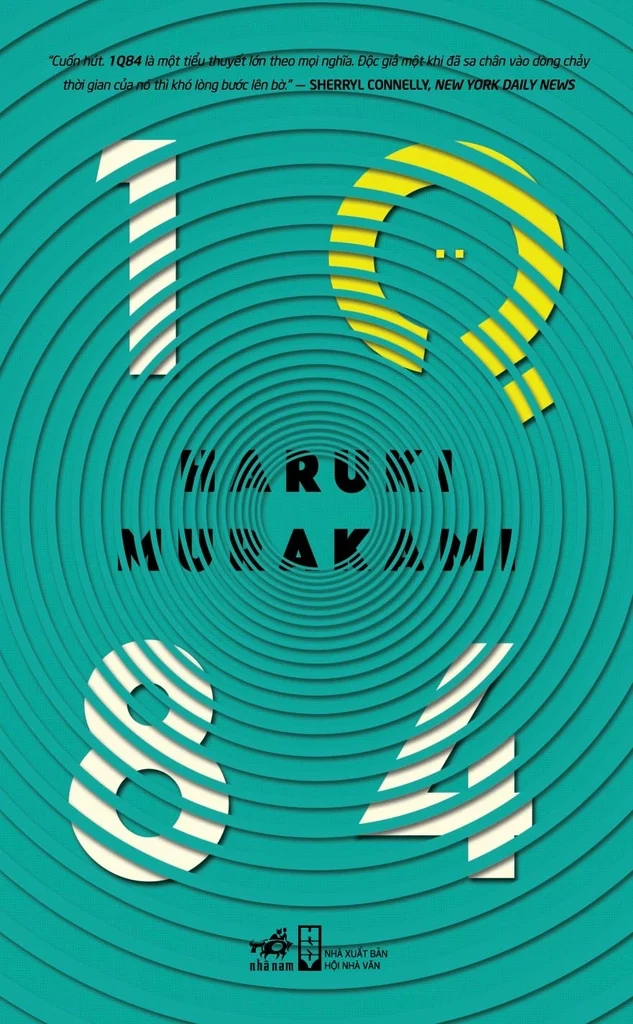
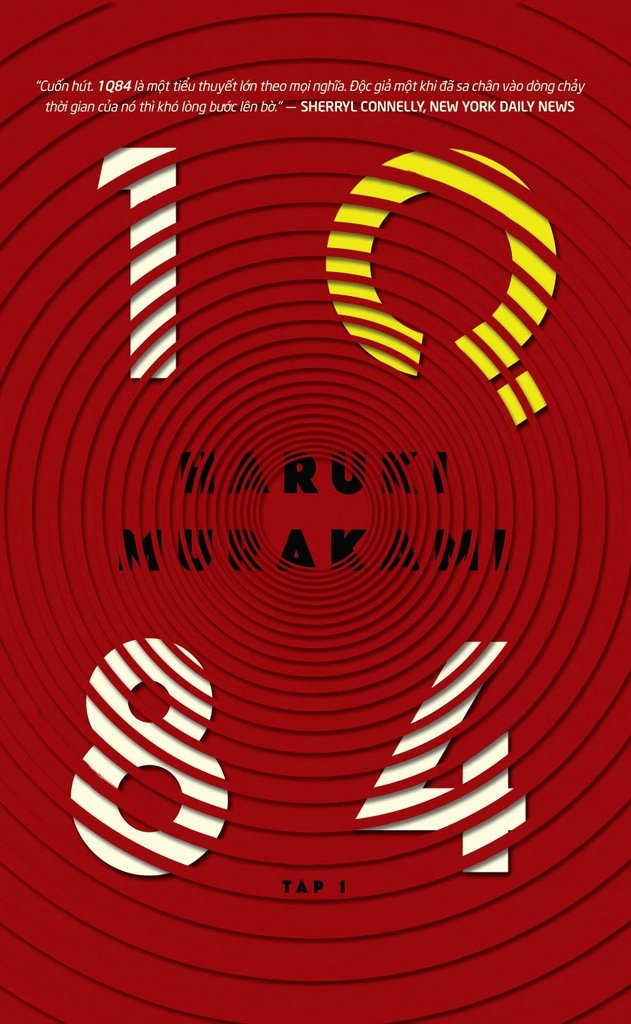
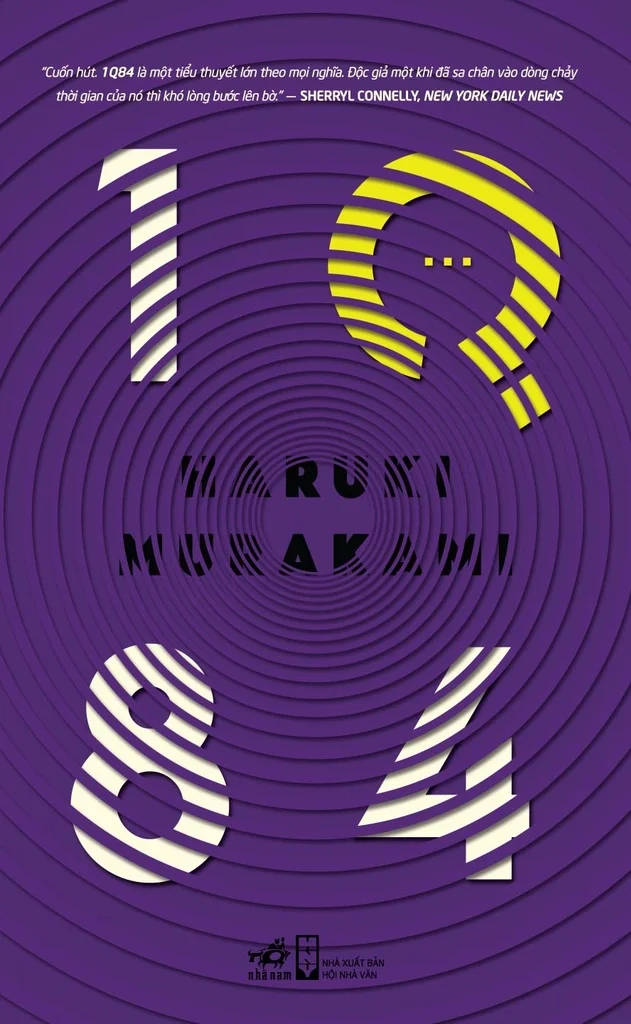
Vietnamese edition of Murakami Haruki’s 1Q84
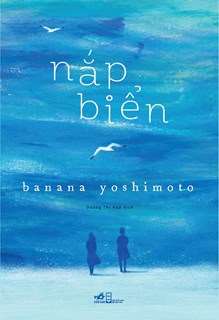
Vietnamese edition of Yoshimoto Banana’s Lid on the Sea
Interview recorded January 18, 2022
Photos courtesy of Nha Nam Publishing and Communications JSC
See Also....
-
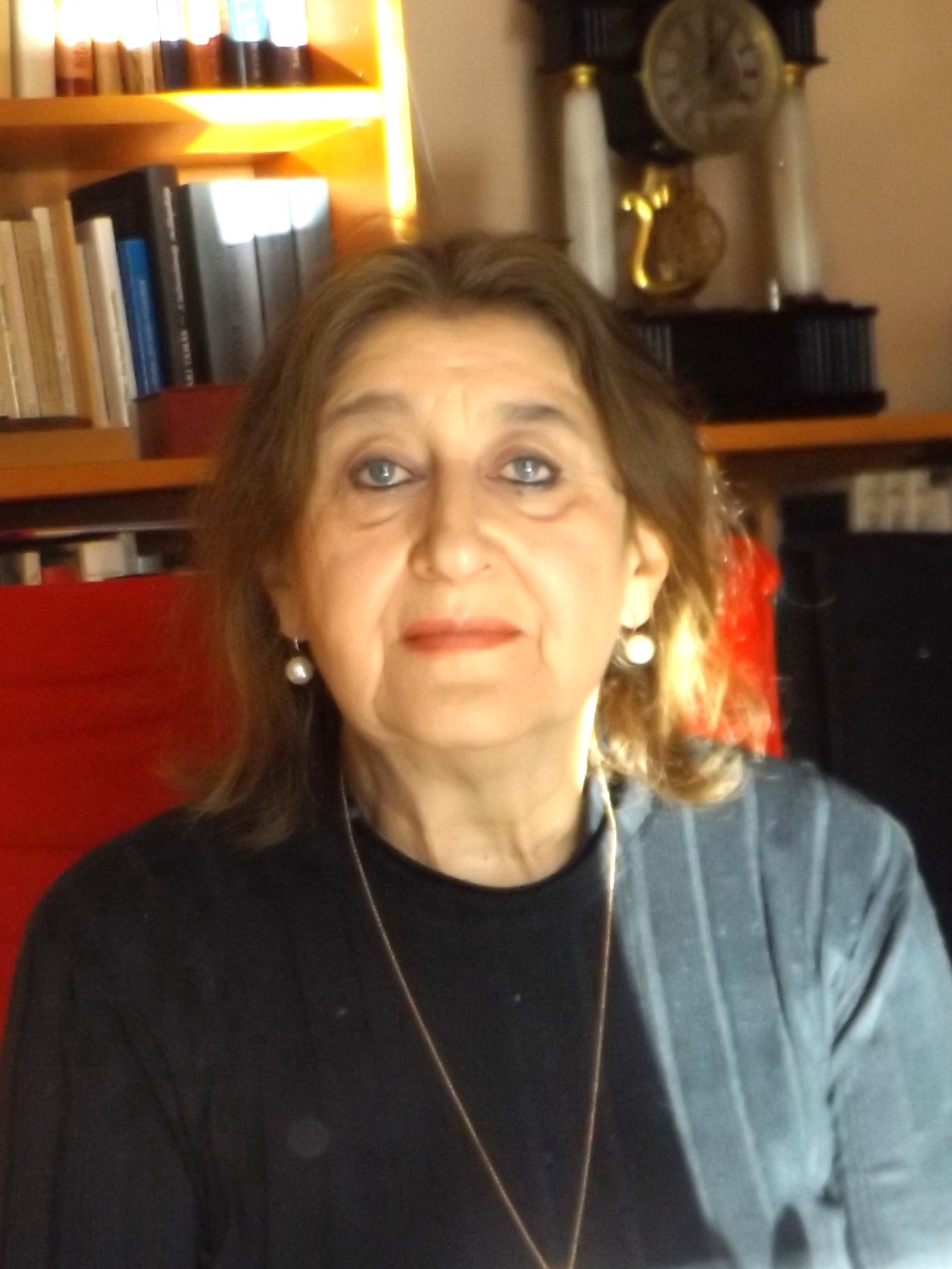
Hungary
Balázs Éva
Geopen Könyvkiadó#CentralAndEasternEuropeanEditors2024 -

North Macedonia
Bojan Sazdov
TRI Publishing Centre#CentralAndEasternEuropeanEditors2024 -
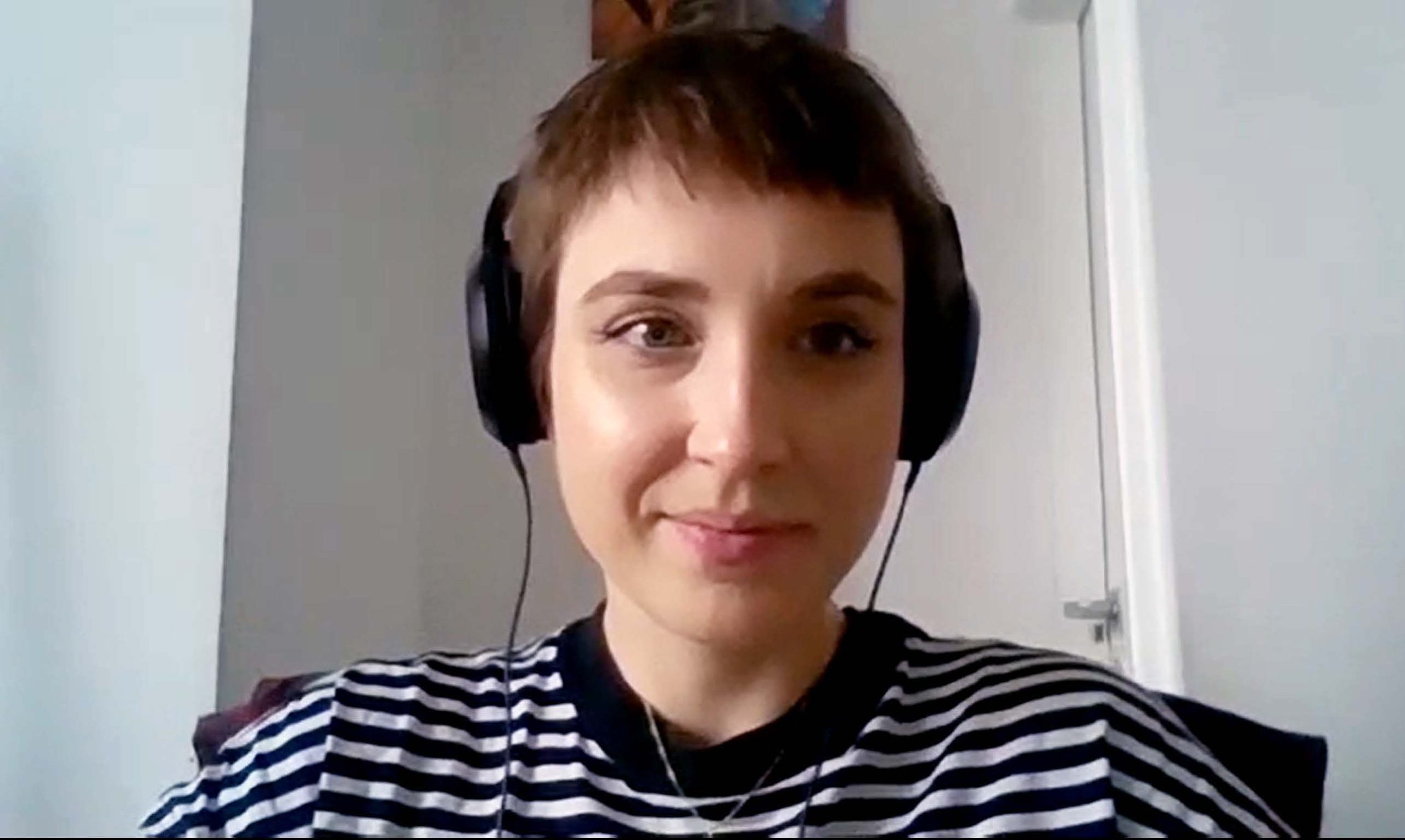
Poland
Wydawnictwo Dwie Siostry
Justyna Karpinska#Publisher Spotlight -

Croatia
Nermina Husko
Hena com#CentralAndEasternEuropeanEditors2024
